Grower Champagne, Y’all! Spreading the Joy in the Deep South
9th February 2023
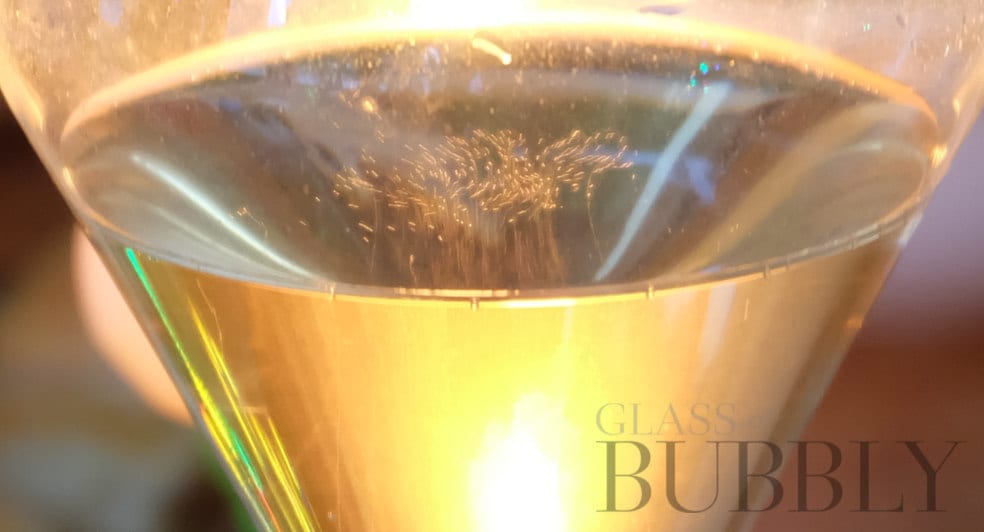
December 1, 2022, Woodland Wine Merchant in Nashville, Tennessee, invited Henri Gabriel, owner of Advintage Distributing, to showcase a few of his grower Champagnes (lineup posted at the end.) We were on our way to the Ryman Theater that night, so we stopped in and we are so happy we did.
Henri, a Champagne aficionado extraordinaire, has an infectious passion. Taking his time with us, he shared each wine’s unique qualities and connected us to their source. The wines were remarkable, satisfying, and fairly priced, and we walked out with a 6-pack and happy heads and hearts.
Later I reached out to Henri for an interview. What follows is a summary of a marvelous conversation.
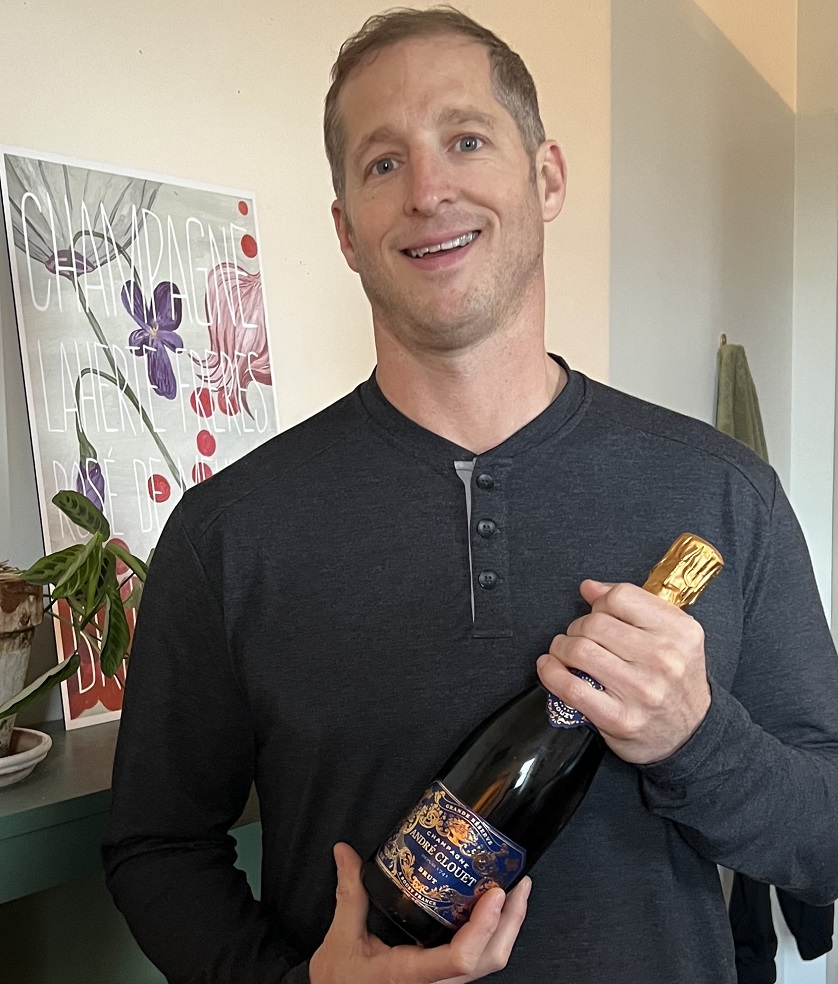
Henri Gabriel
Southern France in the American South
This intelligent and engaging man looks a bit like a fifth-year undergrad whose intended major was Ultimate Frisbee. He graciously answers to both Henri and Henry thanks to his French father and English mother. His father was a classically trained chef who built a Provence-style restaurant and dairy farm on 29 acres in Maryland, where Henri grew up.
Because he was steeped in every aspect of the family business, he had an edge and got a job running a wine distribution company at the age of 21. But much was missing there, such as passionate, educated salespeople, temperature-controlled wine storage, and a focus on pairing proper wine with sophisticated food. So, Henri started Advintage with the goal of encouraging consumers to have more joyful experiences with food and wine.
A fortuitous move to Charleston in the late 90s brought him into the emerging restaurant scene. He describes the state of the wine business at the time as “just horrific” and set out to change it, succeeding beyond all expectations.
20 Year Anniversary in the Deep South
The company celebrates its 20th year in 2023 with an enviable wine portfolio encompassing over 780 producers, mostly from Europe and the US. Some of the other lines they sell include craft beer, cider, artisanal spirits, and sake, but wine is the heart of the business. Operations expanded into Tennessee and North Carolina, but their home base is Landon, South Carolina.
Champagne
Speaking about Champagne, Henri said that the business had changed drastically in the past 20 years. Champagne demand exploded during the pandemic, more than doubling his business. “It’s like the roaring 20s, ” he said. Champagne is now more popular than any time in his experience, but this success ultimately compromised the integrity of the industry.
As most large well-known producers grew demand for Champagne as a brand and for their own brands, sourcing became problematic. They began to purchase bulk fruit at negotiated prices, sourcing grapes from anywhere and everywhere. Their answer was to promote the idea of Champagne as a blended wine with individual side characteristics subsumed into the whole.
These companies didn’t own the vineyards and didn’t control the farming. They didn’t see value in spending time and resources on organic or biodynamic farming, which to them were cost prohibitive. The goal was simply to supply enough raw material to meet demand. What followed was a disregard for the health of the vines and a heavy use of pesticides and herbicides.
Grower Champagne
Younger generations began to challenge their parents to stop selling to the big houses and start using healthier farming practices to make their own wine. These producers are now called grower producers. The process can take a decade, but the benefits are enormous. Grapes previously sold to big houses at low prices, can instead be used to create chemical-free, grower Champagne that sells at a higher price.
While large producers strive to maintain their house style, grower producers work to reveal the depth, nuance, and complexity of their specific terroir. These Champagnes reveal distinctive qualities the house styles don’t. Most of Henri’s 21 grower producers are certified organic or farmed bio-dynamically.
To Henri, Champagne is a distinctive wine with soul, unlike other popular sparkling wines. About Champagne, he said, “There are not many things in the world that are so distinct. There’s no other place like it. And that’s why you pay for it. There’s just this magic to Champagne. Why would you buy something else?”
He encourages consumers to slow down and get to know Champagne, to decant it and let it stretch out. “Proper Champagne with the right producer is worth the money. Don’t let the price tag deter you. Go to Starbucks 3 times less a week and have Champagne more.”
He believes that wine is a unique product that captures when it was made and where it came from. Then it captures another time and place when you share it with your loved ones and create memories. Champagne makes every moment better.
Thomas Berry said, “For in the end, the universe can only be explained in terms of celebration. It is all an exuberant expression of existence itself,” but it could have been Henri Gabriel preaching the gospel.
Nashville Grower Champagne Line-up (Courtesy of Woodland Wine Merchant)
Champagne Voirin-Jumel Blanc de Blancs Grand Cru
Cramant, Côte des Blancs, Champagne, France; Chardonnay $48.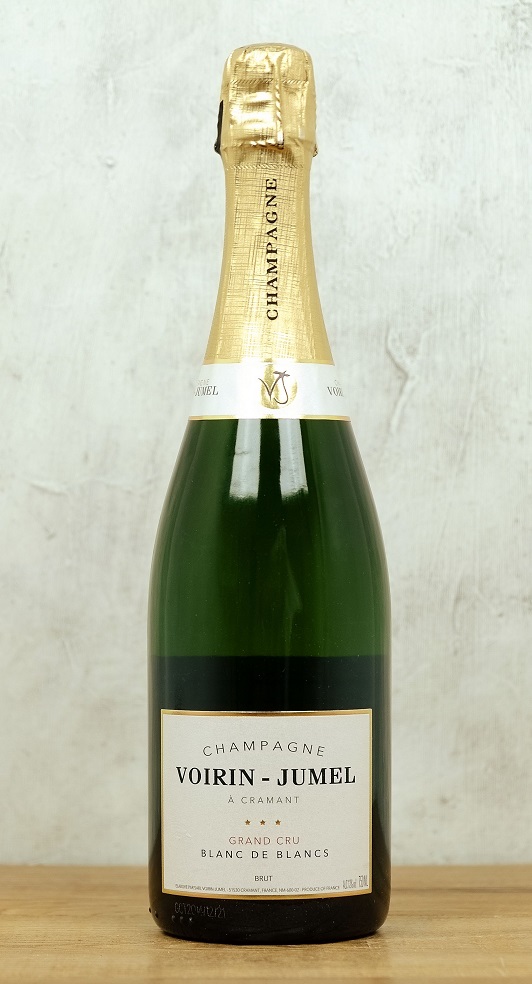
This wine is a bright and lively Blanc de Blancs brut from Cramant. The fruit is sourced from all of Voirin-Jumel’s Grand Cru vineyard plots, and it is usually a blend of two vintages. It offers true Grand Cru quality, with a vibrant nose of citrus, flowers, and cool stones, and a palate that is rich with apricots and delightfully creamy.
Champagne Pierre Gerbais Grains de Celles
Celles-sur-Ource, Côte des Bar, Champagne, France; Pinot Noir, Chardonnay, Pinot Blanc $48.

This Champagne is a three-varietal extra-brut from the Côte des Bar. Its fruit is sourced from sustainably farmed thirty-year-old vines and Kimmeridgian/limestone soils in Celles-sur-Ource. It was aged on the fine lees and cellared for thirty months with organic yeast, sur lattes. This wine is full-bodied, creamy, and round, while still being quite bright, dry, and acidic. It offers notes of red and yellow apple, pear, white flowers, chalk, spices, and brioche: the best of all three grapes.
Champagne R.H. Coutier Grand Cru Cuvée Rosé NV
Ambonnay, Montagne de Reims, Champagne, France; Chardonnay, Pinot Noir $50.
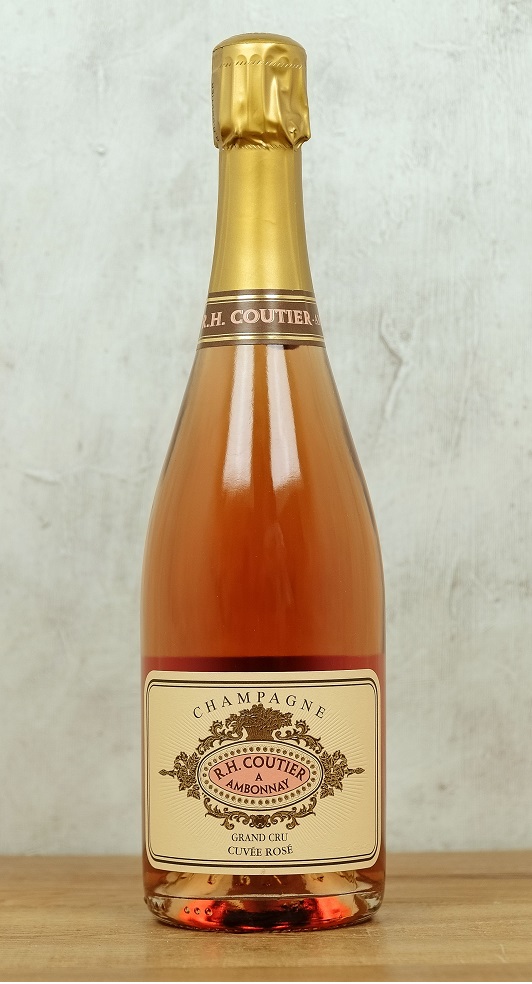
This wine is R.H. Coutier’s Grand Cru Cuvée Rosé. Primarily Chardonnay, its color and fruit flavor come from 15% Pinot Noir. It is sourced from practicing-organic Grand Cru vineyards in Ambonnay and has seen malolactic fermentation. It has around 40% reserve wine, and a fair bit of dosage added. This wine is radiant, cheerful, and lush. It offers notes of muddled red fruit, mint, spices, dried cherries, and brioche. The richness of Ambonnay is highlighted through the toasty Chardonnay, while the pure raciness of R.H. Coutier’s style is expressed through the Pinot Noir.
Champagne Gatinois Aÿ Grand Cru Brut Tradition NV
Aÿ , Vallée de la Marne, Champagne, France; Pinot Noir, Chardonnay $50.
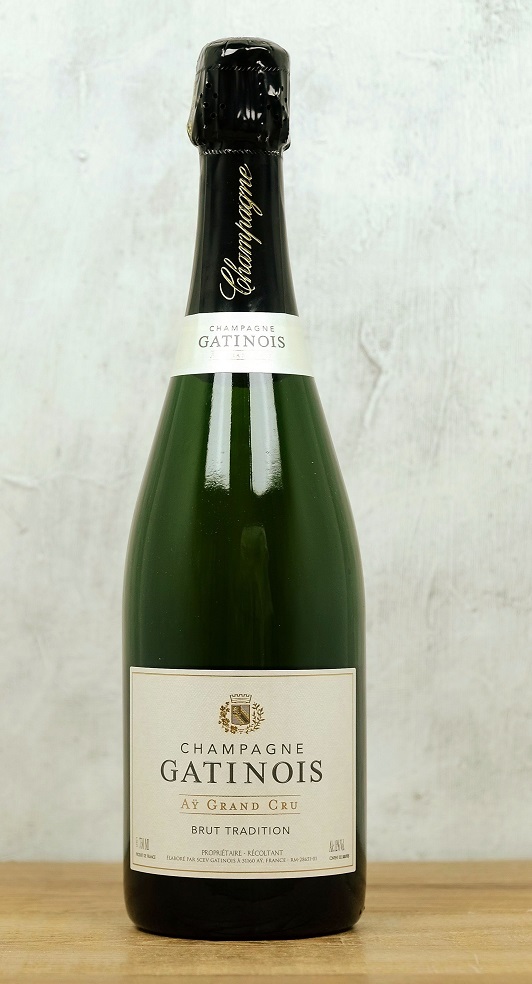
This Grand Cru Brut Tradition from Gatinois is primarily made from Pinot Noir, with 20% Chardonnay making up the rest of the blend. It had a significant amount of reserve wine added and spent two years of élevage sur latte in the caves before being disgorged. It offers a rich, vibrant nose of pears and citrus oil, which gives way to a structured and ripe palate that is bursting with red fruits, poached pears, white peaches, almonds, and brioche.
Champagne Guiborat Téthys. 18 Grand Cru NV
Cramant, Côte des Blancs, Champagne, France; Chardonnay $54.
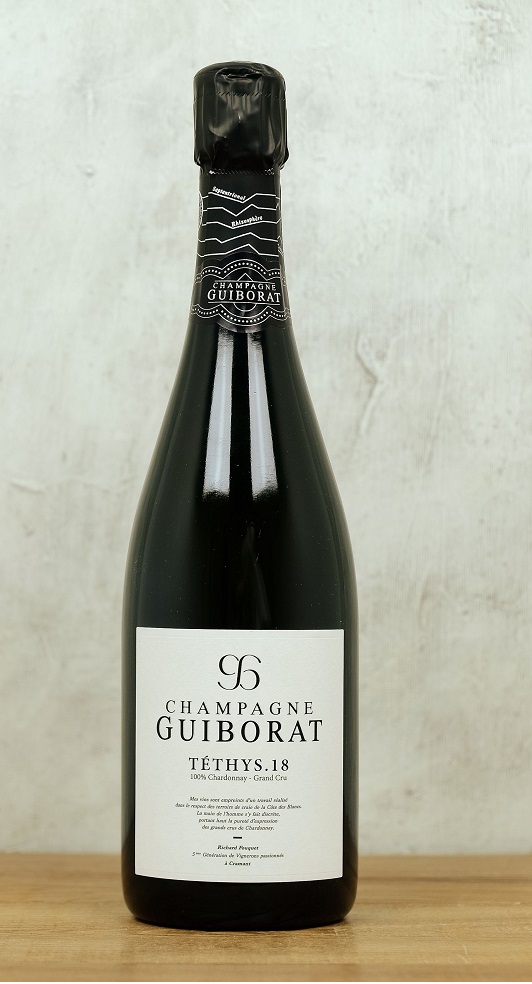
This wine is Blanc de Blancs extra-brut and hails from the chalky soils of Cramant. It is sourced from four parcels – Les Bergeries, Le Mont Aigu, Les Caurés, and Les Briquettes. The grapes are vinified separately, seeing some malolactic fermentation, before spending seven months of élevage sur latte prior to bottling. The bottles then age for thirty additional months on the lees in the cellar before disgorgement. After being disgorged and receiving a moderate dosage, the bottles are aged for another six months before release. This is a supremely well-rounded wine, offering notes of green apple pie, lemon verbena, honeysuckle, yellow peach, and French pastry, as well as a marked acidity and strong minerality.
![]()
Jeanne Savelle
After a long career as a corporate finance executive, she is now a wine writer and a life/retirement/transformation guide.
